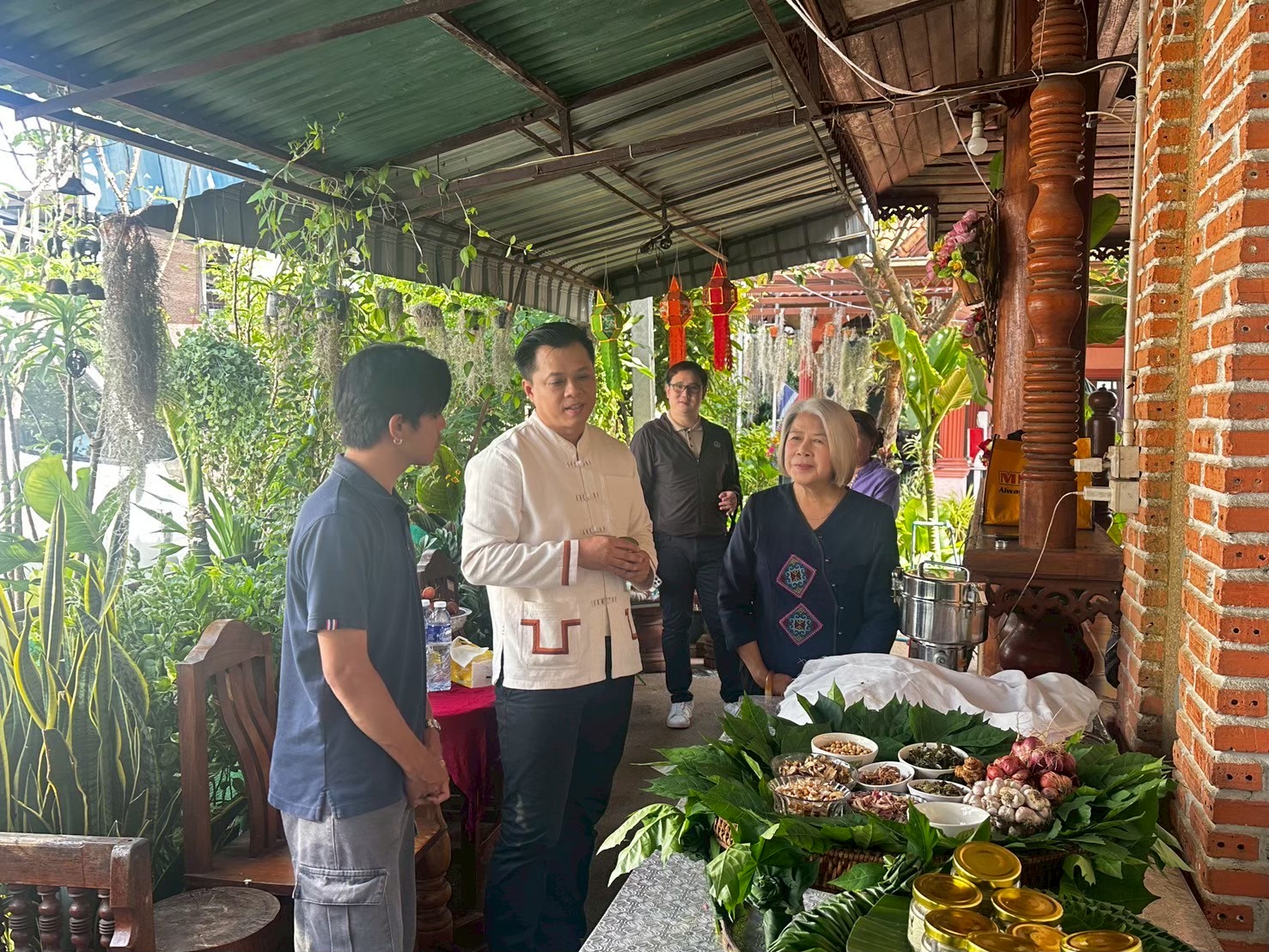University of Phayao expert warns of health and sustainability risks from modern eating habits
As modern lifestyles continue to prioritize speed and convenience, ready-to-eat and packaged foods have become a common part of daily life for many Thais. However, this convenience comes at a cost to our health. Dr.Wittawas Sajjapong, from the Program in Nutrition and Dietetics at the School of Medical Sciences, University of Phayao, cautions that the widespread consumption of “Ultra-Processed Foods (UPF)” products that undergo extensive industrial processing- is posing a significant threat to the nation's well-being and long-term sustainability.
According to data from the Ministry of Public Health (2024), nearly half of Thailand’s population is overweight or obese, with over 3.6 million people living with diabetes and 1.36 million suffering from chronic kidney disease. These numbers continue to rise as consumption of high-calorie, nutrient-poor foods becomes more widespread not just in urban centers but across rural areas as well.
Understanding Ultra-Processed Foods
The term Ultra-Processed Food (UPF) originates from the NOVA food classification system, which was developed by researchers at the University of São Paulo, Brazil. This system categorizes foods based on their level of processing, with UPFs being the most heavily industrialized. These products often contain artificial colors, flavors, preservatives, and chemically modified ingredients, such as glucose syrup, protein isolates, and trans fats.
.jpg)
Common examples include:
- Snacks and desserts: potato chips, cookies, flavored crisps, packaged cakes.
- Ready-to-eat meals: instant noodles, frozen rice boxes, sausages, ham, fried chicken.
- Beverages: soft drinks, energy drinks, bottled coffee, bubble tea.
- Condiments: seasoning powders, stock cubes, sauces, flavor enhancers.
- Industrialized local foods: vacuum-packed northern sausages, flavored pork cracklings, instant chili pastes.
While these foods offer taste and convenience, they are typically high in sugar, salt, and unhealthy fats, but low in fiber, vitamins, and minerals — leading to nutritional imbalance and long-term health risks
Scientific Evidence and Global Concern
A recent study published in the British Medical Journal (BMJ, 2024) examined data from more than 9.8 million individuals worldwide, and found that consuming a high amount of UPFs significantly increases:
- Premature death by 21%
- Cardiovascular diseases by 66%
- Obesity and type 2 diabetes by more than 40%
The study also connects UPFs to depression, sleep disorders, and mental health issues, indicating that the problem extends beyond just poor nutrition. It is suggested that many UPFs are specifically formulated to stimulate the release of dopamine in the brain, making them highly addictive and causing individuals to overeat without even realizing it.
The Thai Context: Local Foods Turned Industrial
In northern Thailand, traditional foods such as chili pastes, pork cracklings, and sausages are being increasingly industrialized to extend shelf life and boost sales. While this supports local economies, the heavy use of sodium, artificial flavors, and preservatives turns these once-nutritious dishes into UPFs. This has led to what nutritionists call “hidden hunger” — being overweight but deficient in essential nutrients.

Simple Steps Toward Healthier Living
To reduce health risks, Dr. Wittawas recommends simple but effective actions:
- Read nutrition labels and avoid products with long or chemical ingredient lists.
- Cook at home when possible and choose water over sweetened drinks.
- Support local and organic food producers, such as community-based enterprises that use natural ingredients or create low-sugar, whole-grain snacks.
Reducing UPF consumption also contributes to several United Nations Sustainable Development Goals (SDGs) — particularly SDG 2 (Zero Hunger), SDG 3 (Good Health and Well-being), SDG 12 (Responsible Consumption and Production), and SDG 13 (Climate Action).

A Call for Awareness and Change
"Ultra-processed foods represent the convenience of the digital age, but they also come at a cost to our health and sustainability," stated Dr. Wittawas Sajjapong. "Returning to natural, home-cooked, and locally sourced foods is a simple yet powerful way to restore balance to our bodies, communities, and environment." He added, “Good food not only nourishes the body — it sustains life, community, and the planet.”

References :
1. Lane, M. M., Davis, J. A., Beattie, S., Jones, A., Philipou, A., Woods, J. L., et al. (2024). Ultra-processed food exposure and adverse health outcomes: Umbrella review of epidemiological meta-analyses. BMJ (Clinical Research Edition), 384, e077310. https://doi.org/10.1136/bmj-2023-077310
2. Thai Health Promotion Foundation (ThaiHealth). (2025). NCDs on the rise: Over half of Thais are overweight. Retrieved October 14, 2025, from https://www.thaihealth.or.th
Source by :
Dr. Wittawas Sajjapong
School of Medical Sciences, University of Phayao